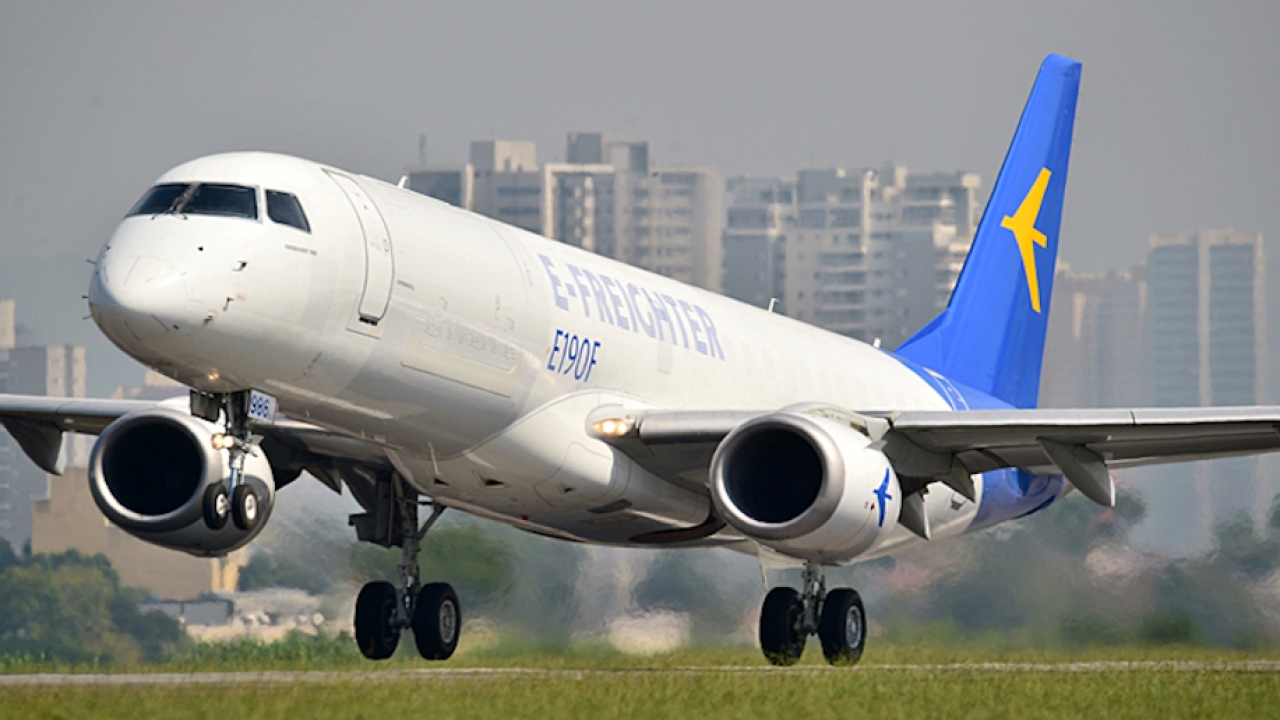Global passenger traffic growth rate slowed to 3.6% in August

International passenger traffic grew 4.0% while domestic passenger traffic slowed to 3.3%, the lowest growth rate since June 2014. Accumulated passenger traffic grew 5.2% from January to August 2016 as compared to the previous year.
Global freight traffic grew 4.8% in August, with equally strong growth rates in international and domestic freight volumes (+4.5% and +5.1% respectively). This is the first time since February 2015 that freight traffic growth exceeded passenger traffic growth. The aggregated freight traffic growth was 1.2% since January 2016.
In Africa, a 2.2% and 2.3% growth rate in total passenger traffic in August in South Africa and Morocco respectively was not enough to offset traffic declines in Egypt that decreased 25% compared to the previous year. Tunisia showed signs of recovery (+37.3% at its nine airports combined), while Nigeria remained in negative territory with a 12.3% decline in total passenger traffic at its four largest airports combined.
Passenger traffic:
International passenger traffic continued to grow at high rates in the Asia-Pacific and the Middle East regions (+8.5% and +8.3% respectively). North America boasted a strong 4.6% growth rate in international passenger traffic, while Europe declined to 2.0%. Latin America-Caribbean, largely driven by the aviation upsurge in Mexico, grew 5.0% in international passenger traffic. Only Africa lagged behind with a 3.6% loss in international passenger traffic.
Domestic passenger traffic was weaker than international passenger traffic in all regions except for Africa, where the decline in domestic passenger traffic was less pronounced than in international passenger traffic (-2.9%). Domestic passenger traffic in Europe and North America grew 1.8% and 1.9% respectively. In Latin America-Caribbean, dominated by recessionary Brazil, domestic passenger traffic went up 1.1%. Asia-Pacific demonstrated the strongest growth in domestic passenger traffic at 7.0%.
The highest growth rates in total passenger traffic were observed in the Middle East and Asia-Pacific (+8.1% and +7.5% respectively), followed by North America, Latin America-Caribbean and Europe (+2.3%, +2.2% and +1.9% respectively). Africa came to the finish line with a 3.2% loss in total passenger traffic during August.
North America has been strongly positioned due to the combination of low airfares and stronger consumer confidence. The United States has been opening to international air traffic, reflected in the 5.8% increase in international passenger volumes since January 2016.
Asia-Pacific has also had strong aviation prospects due to the growth generated by several big economies, namely China, Japan, India where total passenger traffic at their major commercial airports grew 6.7%, 4.8% and 20.0% respectively. The booming aviation market of India has seen an 18% growth rate since January 2016. Korea, fully recovered from the Middle East respiratory syndrome coronavirus and posted a robust 16.7% growth rate for August and a 17.0% growth rate for the eight months from January to August 2016.
Europe showed signs of contraction, mitigated by positive traffic performance in selected countries of the EU. The slowdown in traffic was a result of the drop in the non-EU markets, primarily Turkey and the Russian Federation with 14.9% and 5.8% passenger traffic declines respectively at their major commercial airports. The rest of Europe however provided a mixed picture. The recent terrorist attacks in the region earlier this year, the Brexit factor, low consumer confidence and general uncertainty about the broader economy has had a negative impact on air travel in the region. The euro-area economy saw its growth rate dip to a 20-month low at the end of the third quarter of 2016, reflected in the 0.1% total passenger growth rate in Germany and the 0.3% decline in France. United Kingdom remained strong at 5.1%, while Spain continued to be the brightest spot in the region with a growth rate of 7.6%.
The major economies in Latin America-Caribbean pulled traffic growth in opposite directions. While Brazil, hit by severe recession, lost 6.1% of its total passenger traffic at its major commercial airports in August, Mexico, Argentina, Peru, Chile and Panama grew 9.4%, 7.9%, 8.9%, 10.9% and 14.9% respectively, and had a balancing effect on air traffic in the region as a whole. Colombia, the third largest aviation market in the region, slowed to 3.2%.
Air freight traffic:
Asia-Pacific and Europe, the two largest international freight markets, grew 5% and 4.5% respectively. In North America, international freight traffic grew a robust 6.3%, while international freight in the Middle East declined to 3.5%. International freight remained flat at 0.1% in Latin America-Caribbean while in Africa, it plunged into negative territory at 0.3%.
In North America, the largest domestic freight market, domestic freight volumes grew a strong 6.7%, followed by Europe and Asia-Pacific (+4.1% and +3.1% respectively). In Latin America-Caribbean, domestic freight was weaker at +2.4%.
The three largest air freight markets, North America, Asia-Pacific and Europe, came to the finish line with 6.7%, 4.5% and 4.4% growth in total freight respectively. In the Middle East, total freight traffic grew 3.5%, while in Africa and Latin America-Caribbean, total freight traffic growth was weaker at 0.3% and 0.9% respectively.
Stay up to date
Subscribe to the free Times Aerospace newsletter and receive the latest content every week. We'll never share your email address.

